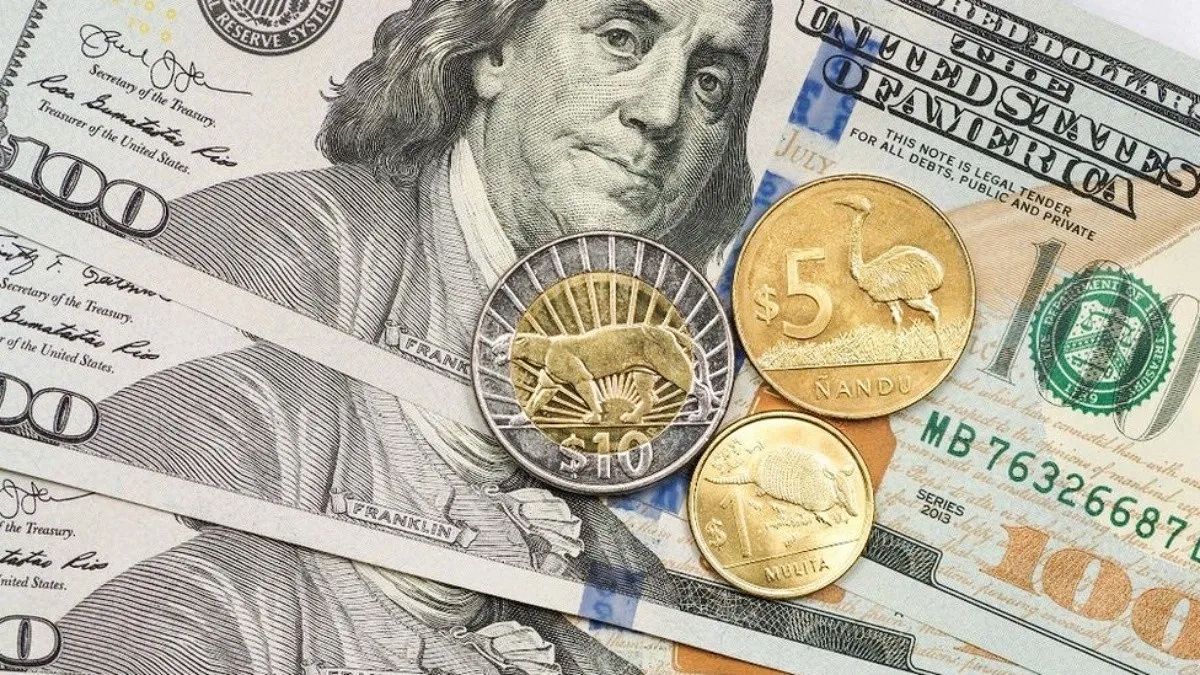He behavior of the dollar in Uruguay comes attracting attention for its overall bullish trend after almost two years of moving in the opposite direction, generating strong criticism and claims regarding the misalignment of the real exchange rate with its fundamentals or, for some, directly an exchange rate delay; but even more so in recent weeks, as the elections 2024.
In that sense, the stockbroker Gaston Bengochea made a comparative report of the exchange rate and the weekly volatility during the electoral periods to which he acceded Scope, focusing on the years of the last three elections and the current one —2009, 2014, 2019 and 2024—, with the aim of finding patterns in the behavior of the dollar in relation to weight and understanding average fluctuation both in the run-up to the election and after assuming a new government.
The economist’s analysis Adrian Moreira showed that, except in the 2009 elections, the exchange rate always tended towards upward behavior during the electoral period. Regarding weekly volatility, meanwhile, there was also an increase, especially around the first round and of runoff, with the only exception of what happened in 2019, which had a peak but much lower than the elections in previous years.
Dollar volatility elections.png
The volatility of the dollar increases around the first round and the runoff in the elections.
Gaston Bengochea
The increased volatility “can be attributed to the uncertainty generated by the elections, leading investors to take refuge in the dollar and in others assets considered safelike gold.” A phenomenon that intensifies, furthermore, when other uncertainty factors are added, such as, generally, a plebiscite.
The effect of the PIT-CNT plebiscite
In fact, this year is particularly marked by the plebiscite against social security reform that drives the PIT-CNT, which has noticeably raised the levels of uncertainty, especially in investors who observe how the stability characteristic of Uruguay could be affected depending on the result of the popular consultation.
The Bengochea report points to this, and warns that “due to its characteristics, it could have a significant impact on the country risk and in the sustainability of public finances in the medium and long term.”
“For this reason, in recent weeks there have been volatility spikes in the exchange rate, with an appreciation of the dollar against the Uruguayan peso, unlike the trends observed in the region. It is expected that, after the primary elections and the result of the plebiscite, investors will gain a clearer view, which could lead to a correction in the exchange rate,” the document advanced.
In that sense, it is worth remembering that on September 24, the dollar reached the record 42,104 pesos; and that, although it later had some declines, it remains firmly within the range of 41 pesos, with an accumulated annual appreciation of 6.47%.
The behavior of operators in the face of uncertainty also had a lot to do with this behavior: as reported Scope In early October, foreign investors dumped sovereign bonds nominated in pesos for an amount equivalent to 700 million dollars; that is, the securities that pose a greater risk in terms of possible devaluation of the currency.
These bonds were repurchased, for the most part, by the Pension Savings Fund Administrators (AFAP) which, in turn, had to buy dollars, thus reducing the circulating stock in the market—the supply—and raising the price of the currency in the face of a greater shortage of the currency.
What could happen during the next year?
The report by Gastón Bengochea’s economist, Moreira, also analyzed what could happen next year with the exchange rate given the assumption of a new government, based on what happened in previous elections. A period that also generates uncertainty around the start of a new mandate, leading many investors to diversify their positions, moving from Uruguayan pesos to currencies considered safer, such as the dollar.
In general, in those times there is a higher volatility accompanied by more uncertainty, greater demand for dollars and an increase in the exchange rate. But then his behavior turns “uncertain”: “In the cases of 2010, 2015 and 2020, the exchange rate has shown variations, rising, falling or remaining stable.”
“In conclusion, it is reasonable to expect that the uncertainty generated by the elections and changes in government will impact the exchange rate, leading agents to take refuge in safer currencies. This would result in an increase in demand for these currencies and, therefore, in a depreciation of the Uruguayan peso against them,” the document concludes.
Source: Ambito




